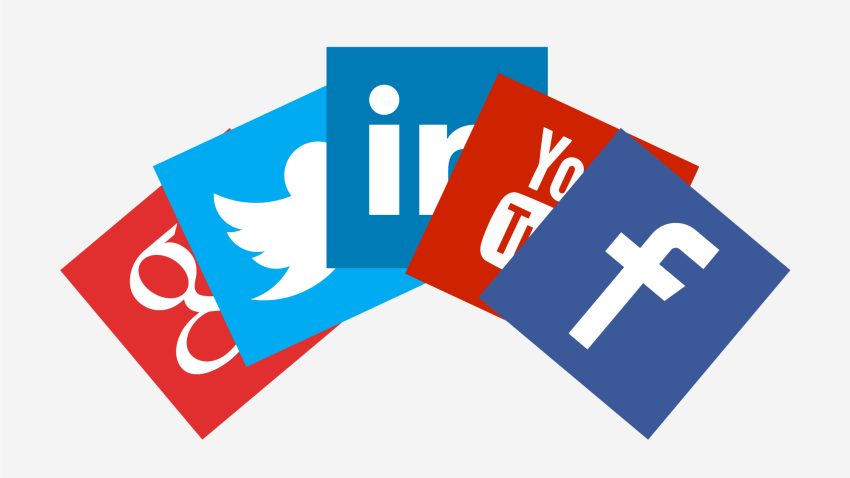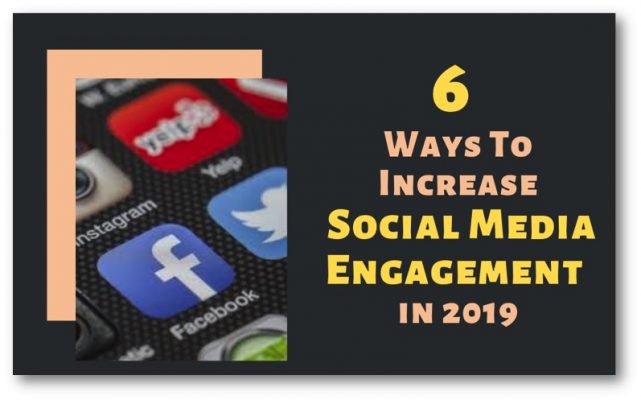Different Social Commerce Platforms & What Benefit We Can Gain From Them
Today, global brands are investing millions in social media marketing. The thing is, it’s a lot harder to direct your prospect to your website — SEO requires long-term investment. But if you manage to stop your prospects in their tracks while they are aimlessly scrolling their Facebook or Insta feed, you have a higher chance of selling to them.
Imagine if someone could make a purchase upon landing on your Facebook page, won’t it boost sales? Not everyone has time to visit your website daily. But if you have a strong social media presence, you can create fresh content to engage your social media followers.
And that’s how the concept of social commerce emerged. Moving a step ahead from an e-commerce website to social commerce, the big social media giants opened up doors of new possibilities for selling through social media — without depending on your website.
If you’re looking for one of such platforms to leverage and boost your online sales, then continue reading this article. Because I’m going to share five of the best social commerce platforms that you can use today, and what they offer to online businesses.
What is Social Commerce?
Social commerce means selling through social media platforms. The platform through which you sell is called social commerce platform. According to the statistics,30% of online buyers would prefer to purchase directly from Pinterest, Facebook, Twitter, Instagram, or Snapchat.
Previously, brands could post images and videos, text content, and everything about their business. But for a buyer to take action, he/she had to visit their website. You couldn’t make a purchase through social media.
But today, social commerce platforms have made this possible. A user can click on the product, see its price, read its technical specifications, and pay for the product through a specific payment gateway.
5 Best Social Commerce Platforms
1.Facebook
Gone are the days when Facebook was just another social media platform to interact with people. With a built-in feature for selling and buying products through it, now you can create and manage your stores while enjoying your free time scrolling down the newsfeed.
All you have to do is create a shopping store by following a few simple steps. You can set up a price for each product, use a theme for your store, and do much more to make your store stand out.
The best bit is, you don’t have to pay a penny for it. All features are free of cost. You can target your audience anywhere, anytime. Facebook advertising agencies in Dubai grow their client’s online business in the same way.
2.Instagram
Once known for the sharing of aesthetic visuals, Instagram has turned into a social commerce platform. And why shouldn’t they facilitate selling and buying any more when they have 1 billion active users all over the world. People love visuals, they end up spending hours going through the profile they follow.
Now, the platform has in-app features that allow businesses to sell products and users can purchase them with a single tap. Each product can have a name and price that Instagram users see.
All they have to do is tap on the post, and they are able to see every detail about the product on a different page. The platform offers the opportunity to create tempting visuals, and facilitate streamlined trading with easy checkout options. No wonder why businesses are spending profusely on Instagram marketing.
3.Pinterest
Pinterest is one of the oldest image-sharing platforms today. It was once the go-to place for people when they found themselves out of ideas, whether it was buying a product, home renovation, or when they were hunting breathtaking visuals for use.
Since the platform has introduced the feature of buyable pins, people can buy products from posts created by brands on Pinterest. Instagram and Pinterest shops are quite different from each other, and one would have a tough time deciding which one is better.
Pinterest’s easy-to-use interface makes it much simpler for people to explore shops, check specs of a product, and checkout after making a purchase.
4.Snapchat
Have you mistaken Snapchat as a mere messaging app? If yes, then you’re wrong. Because Snapchat could be that one marketplace that you can conquer and build an online brand.
You know what happened when Nike and Snapchat partnered up to sell Air Jordan III “Tinker” after the NBA All-Star game? They sold out in just 23 minutes.
After partnering with a famous e-commerce platform Shopify, Snapchat is facilitating buying and selling through the app. You can share pictures on Snapchat with embedded links to e-commerce websites (yeah, Snapchat doesn’t allow you to sell directly) and get plenty of conversions.
By simply clicking on the story, users can see the product. And upon clicking the link, they will be directed to the e-commerce website where they can make the purchase.
5.YouTube
YouTube today has 2 billion active users all over the world. Only in the United States, 62% –122 million — of the internet users access the site daily. Can you see an opportunity here?
YouTube’s new shopping feature has made it possible to buy and sell anything through YouTube. You can give an exemplary shopping experience to your users by letting them see the product video first, and then make a decision if it’s worth buying or not.
What are the Benefits of Social Commerce for Your Business?
1.Segmented Advertising, Higher Chances of Conversions
The biggest concern for advertising agencies and businesses running paid ads is the ROI. So many businesses squander thousands of dollars after showing their ads to the wrong audience.
With insights available on such platforms, brands fine-tune their ad targeting with pinpoint accuracy. Advanced features let you show ads to the relevant audience; you can’t sell reusable diapers to teenagers interested in music and guitar.
2.Greater Audience Engagement, More Revenue & Profit!
Brands today leave no stone unturned to entertain and engage their audience — those amusing taglines and slogans, social media posts you see every day, and more reliance on chats are a part of their marketing strategy.
Social commerce platforms let you instantly grab attention — with content — and put your offer in front of the viewer. In the heat of the moment, they are more likely to click on the ‘add to car’ or ‘buy now’ button.
3.Rapid Increase in Website Traffic
No matter how well you’re doing on social media, you’d still want to direct your social media traffic to the website. The more traffic you get, the faster your website’s ranking improves.
With social commerce, you get an equal opportunity to sell products and promote your website. Out of curiosity — to find more useful, budget-friendly products — your social media audience would love to check out more products listed on your site.
So we can say, to some extent, the social media traffic can play its role in improving your website’s SEO.
Which Social Commerce Platform is Best for Your Business?
The only person who can answer this question or decide which platform to invest in is you — because you know where you have greater following and engagement. If you are willing to invest more, don’t stick to one platform.
Ideally, you should start from Facebook and Instagram as these two platforms have great potential due to their fast-growing user base.


